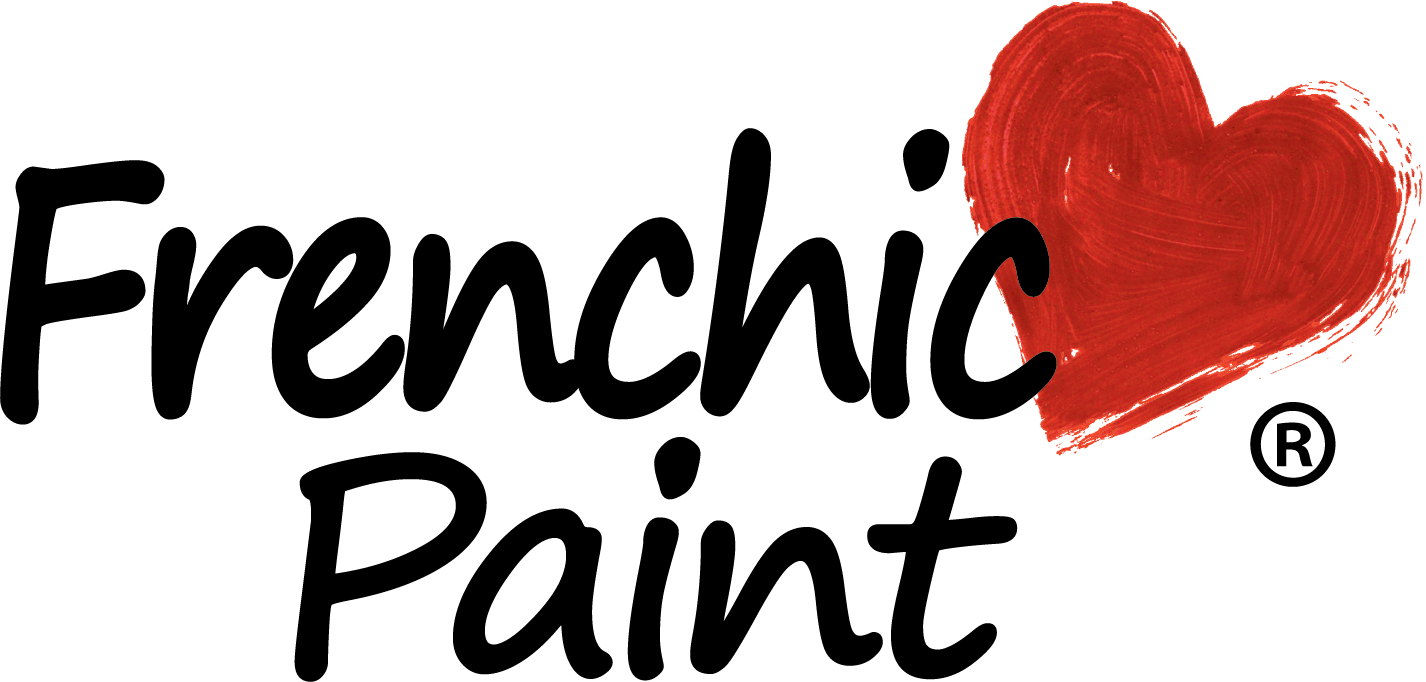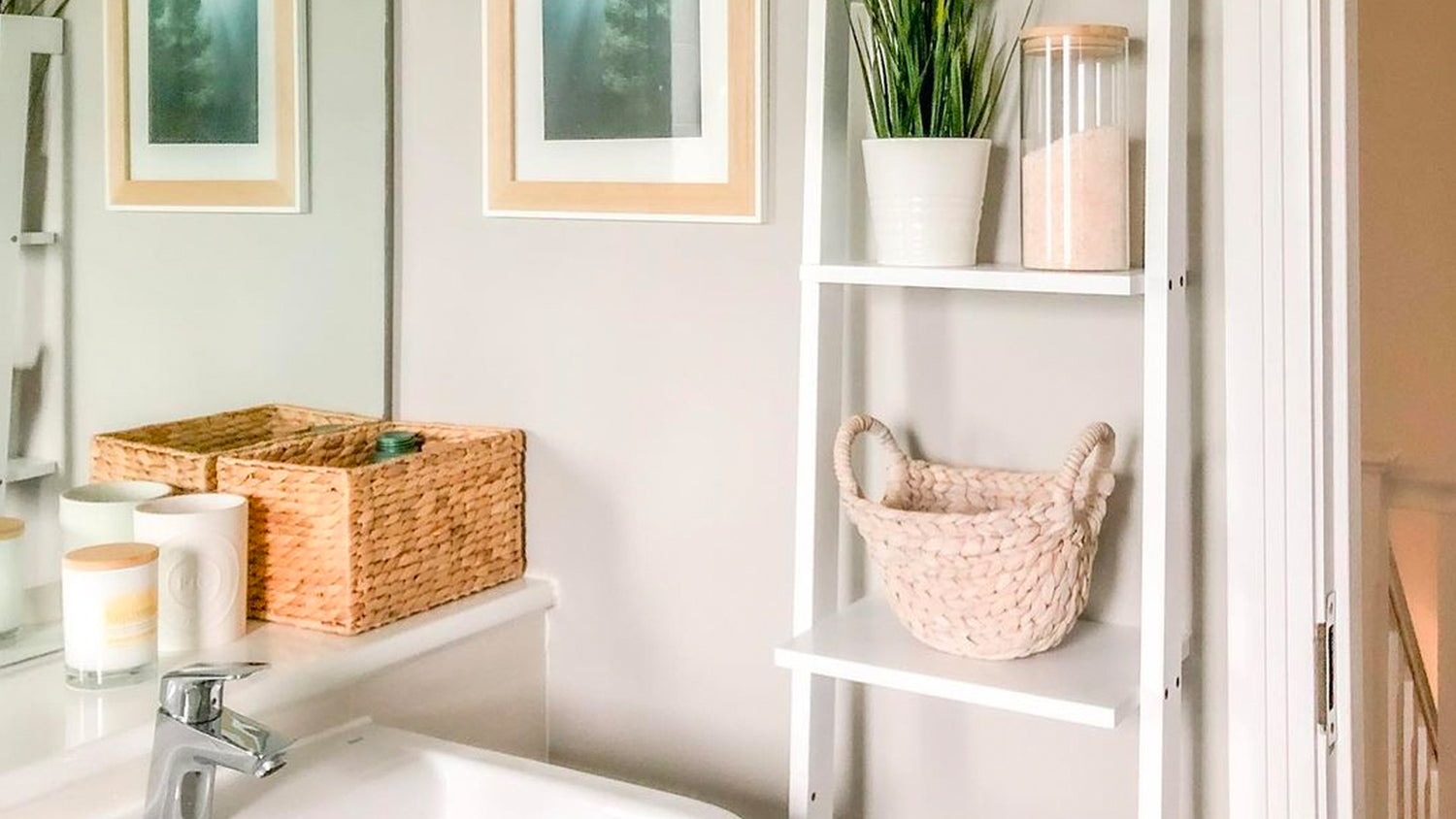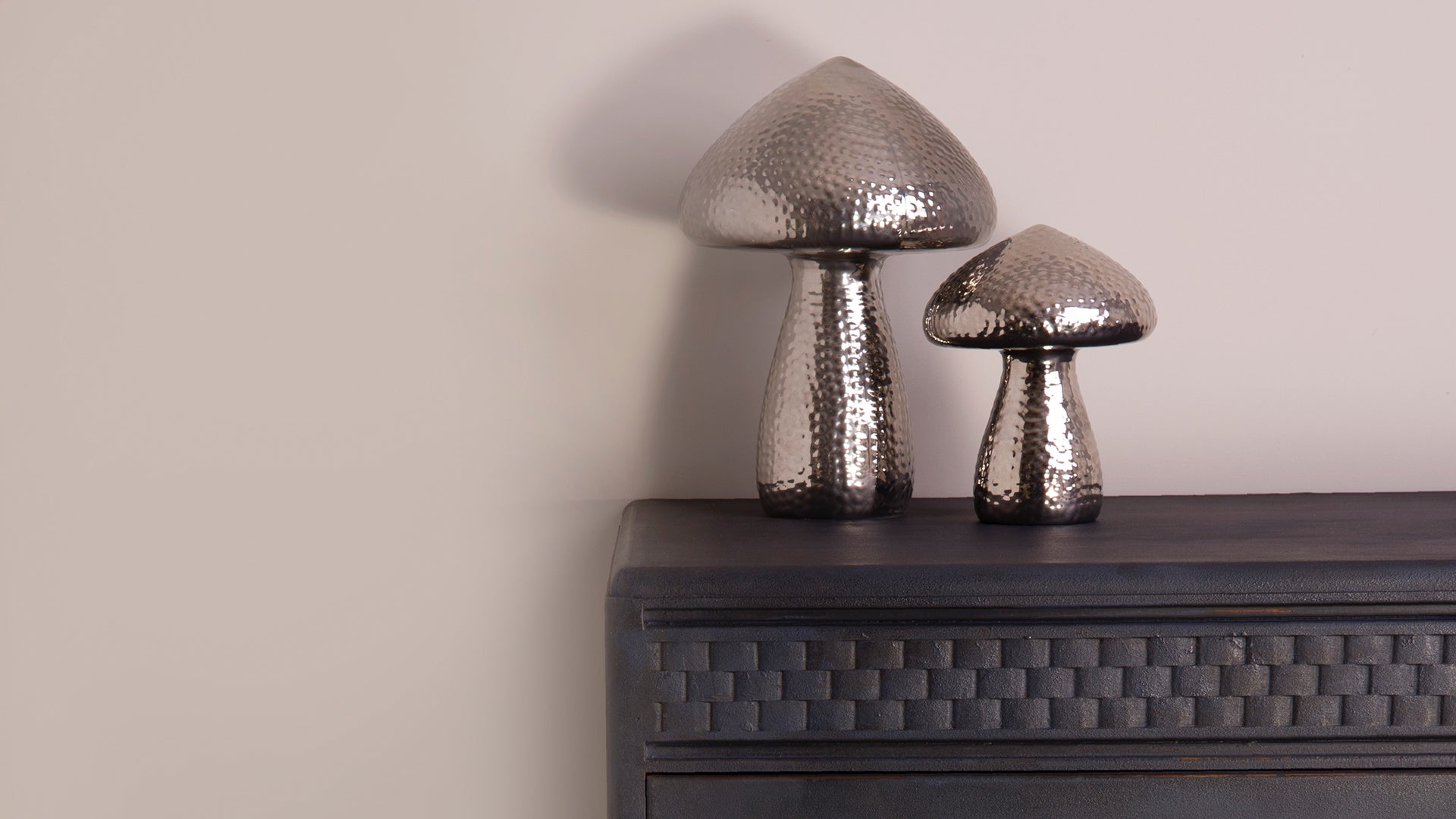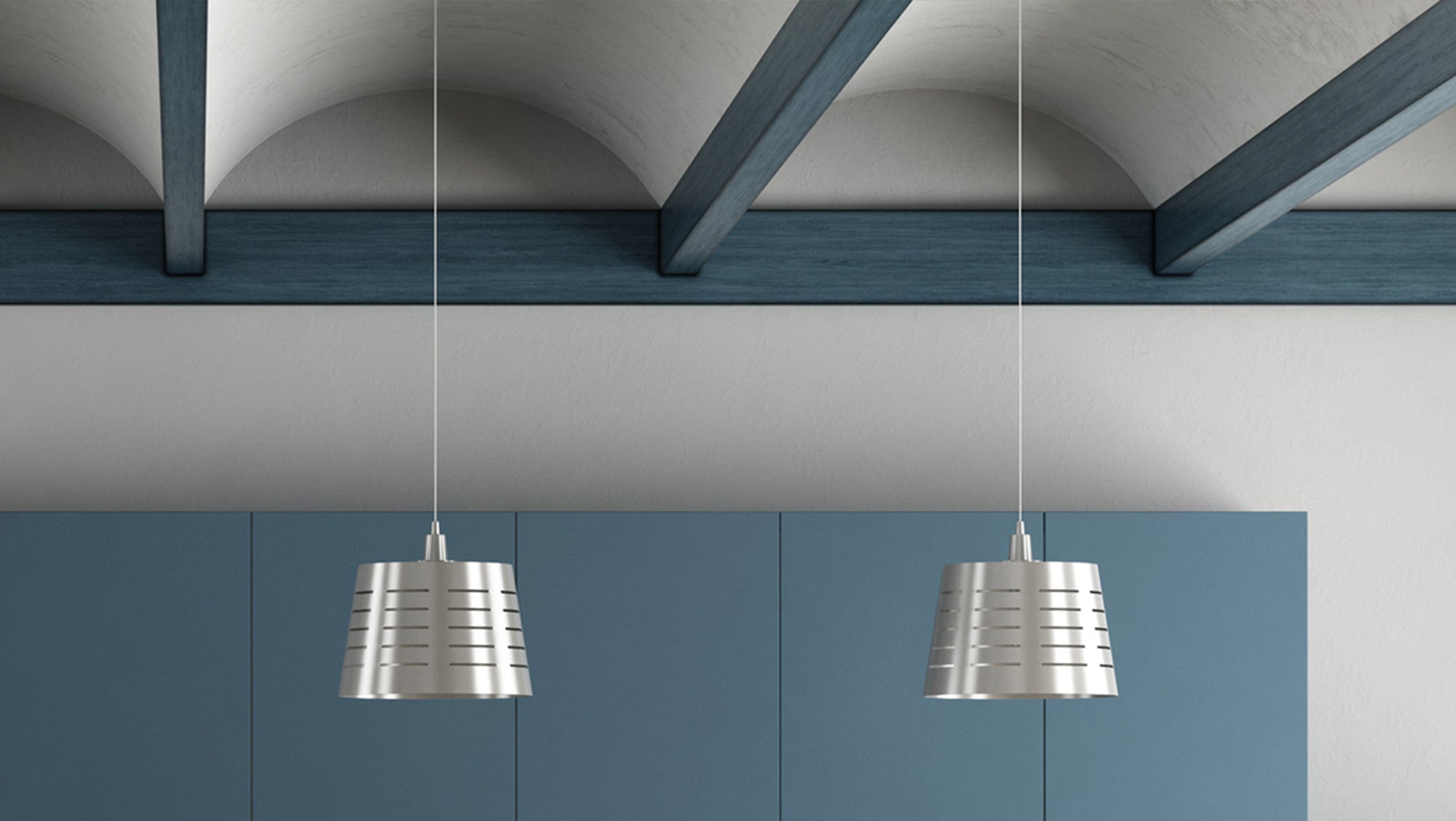It’s no surprise that white is the biggest seller for many paint companies. It’s the first choice for wall paint. An instinct, that’s viewed as safe and completely neutral. But is white always the best choice?
Cream, beige and off-white provide plenty of alternatives, while still remaining safe and neutral. Because these shades seem so similar, many people struggle to choose between them.
In this post, we’ll take a closer look at white vs off white, cream and beige – including how each colour affects your space.
The lowdown on white
Sometimes, a good clean, crisp, bright white is just the ticket. Especially where there is a good amount of natural light and open space. It’s great for modern, open plan or minimal settings. It also works in spaces where there are a lot of natural materials like wood floors, beams and woodwork, as these materials provide enough warmth.
But do you always need a white? While it is definitely safe, some people underestimate how white affects a space. Without the right conditions, whites can look overwhelming, cold or even lifeless.
Once you’ve started opting for white, it’s easy to get stuck in a rut and always plump for your go-to white. If you feel like your space is missing something, pale neutrals like off-whites, creams or even beige can be a great solution to many decorating situations.
Off white colour vs white
In very bright spaces, and south facing rooms, bright whites can look almost overwhelming. That said, you might still want the look of white. This is a great time to consider an off-white with a greyish base or ivory tones, such as Ghost, Jasmina or Moon Whispers. These will read as white without the stark look.
On the other hand, you might think that going for a bright white is the best thing to achieve the lightest look in north facing rooms or those that do not benefit from natural light. However, a low level of natural light tends to make cooler tones appear lifeless or cold. Choosing an off-white or cream with warm red or earthy undertones like Yorkshire Rose can keep things cosy and relaxed.
Whatever the lighting, you might simply want a softer, warmer or pared back feel. In this case, an off-white like Cool Beans, Silver Birch or even the stronger Stone in Love can work perfectly. These pale, neutral tone looks great against white woodwork. You can read more about these kind of colours in our recent post on greige and what it works with.
How creams differ
Ranging from ivories like Ivory Tower all the way through to toasty creams like Crème Caramel, these warm-toned off-whites are especially great used in classic and traditional schemes – but also as foils for pastel or mid-toned colours.
In terms of off-white vs cream, the latter is softer in nature. They have a timeless, serene feel as they are not bright like whites – and their softer contrast to colours looks a bit more restrained.
White or cream vs beige
Often whites or creams are the first colours that come to mind as partners when you want to use a strong colour in your space – perhaps for a feature wall. Tearing yourself away from this knee-jerk choice gives you many more options, which are often so much more liveable.
Whatever the light, sometimes using a straightforward white or off-white can make things looks a bit stark, providing too much contrast. In this situation, using a warm beige is perfect, especially if the bold colour is cool. Take a look at this black feature wall using Black Tie, softly contrasted by pale beige Pampas.
What about off-white vs beige?
Perhaps you want to go for something other than white or off-white to add some interest to your walls, but you don’t want to go for a strong colour. Until pretty recently, grey was the usual colour of choice. It keeps things pared down enough to fit in with the rest of your space and allows you to add colour in small ways, like cushions or rugs.
However, beige is having something of a renaissance – and for good reason. Where grey can be cold, beige is always warm. There is also quite a range of beige too, stretching from borderline taupe through to beige-toned off-whites and even pinkish beige shades like Nougat.
4 tips for choosing your colour
Once you’ve taken the plunge and moved away from the ‘safety’ of whites and creams, you may find it hard to go back. But choosing the right shade can still be tricky. Here are four tips to help you out…
Read the description
In decorating terms, off-whites are often automatically included with whites and even creams, so be sure to read the colour’s description to ensure you have a feel for it. And do bear in mind that choosing a colour via a screen is tricky.
Consider lighting
One of the most important factors to consider is the light in your space. The character of a white or off-white can be hard to spot, with warmer and cooler tones, whereas creams and beiges tend to be warm.
Order a tester
The choice of any colour can be affected by lighting, mood and surroundings in situ. The same colour can appear crisp and clean in one room but bland and lifeless in another – or even one part of the room versus another.
With that in mind, it’s always worth getting a tester of a range of colours so you can try them out in different areas of the room. Take your time to make your decision. Don’t forget to check at night-time too.
Don’t forget practicality
The other thing to remember, is that white, or any light paint, really does need to be washable if it’s going to be practical! Look out for the ISO11998 Class 1 Wet Scrub rating to be sure.
White, off-white, cream, beige and more!
At Frenchic, we understand how even the smallest change in colour can have a big impact on your space. That’s why we provide a full range of whites, off-whites, creams and beige paints for you to choose from.
Our colour charts provide a true representation of our furniture paint colours, filled with actual paint rather than a printed version. You can also order Chalk Wall Paint samples to try out on your walls.
Rest assured, our Chalk Wall Paint range has achieved an ISO11998 Class 1 Wet Scrub rating, so you don’t have to worry about scuffs and marks on your white and off-white walls.








